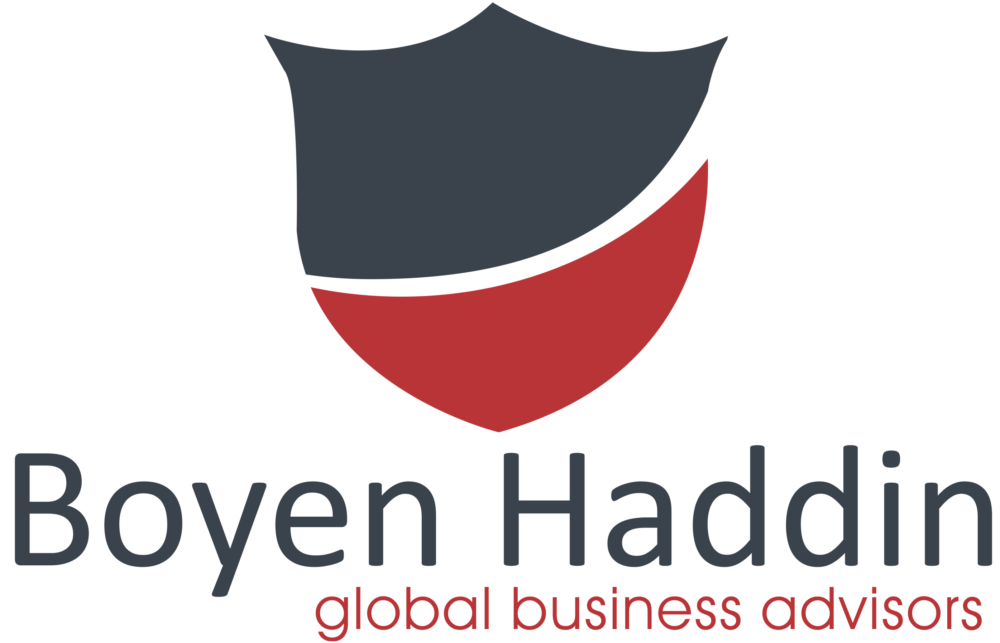The Anatomy of an Effective Resume
An effective resume typically includes the following key elements:
Contact Information: Start with your name, phone number, email address, and optionally your LinkedIn profile or personal website.
Resume Summary or Objective: A brief, tailored statement highlighting your career goals and what you bring to the table.
Professional Experience: List your work history in reverse chronological order, including job titles, company names, dates of employment, and bullet points describing your key responsibilities and accomplishments.
Education: Detail your educational background, including degrees, institutions, graduation dates, and relevant honors or certifications.
Skills: Highlight your relevant skills, both technical and soft skills, that align with the job you’re applying for.
Achievements and Awards: Mention any notable achievements, awards, or recognition you’ve received in your career.
Certifications and Training: Include any additional certifications, courses, or workshops that enhance your qualifications.
Volunteer Work or Extracurricular Activities: If applicable, showcase any volunteer work, community involvement, or relevant extracurricular activities.
Keywords: Use industry-specific keywords from the job description to optimize your resume for Applicant Tracking Systems (ATS).
References: Unless requested, it’s generally not necessary to include references on your resume; you can provide them separately if needed.
Tailoring: Customize your resume for each job application, focusing on the skills and experiences that align with the specific job requirements.
Clarity and Readability: Ensure your resume is well-organized, easy to read, and uses a clean and professional format with consistent fonts and bullet points.
Remember, the goal of your resume is to grab the employer’s attention, showcase your qualifications, and encourage them to invite you for an interview. Keep it concise, relevant, and error-free.


